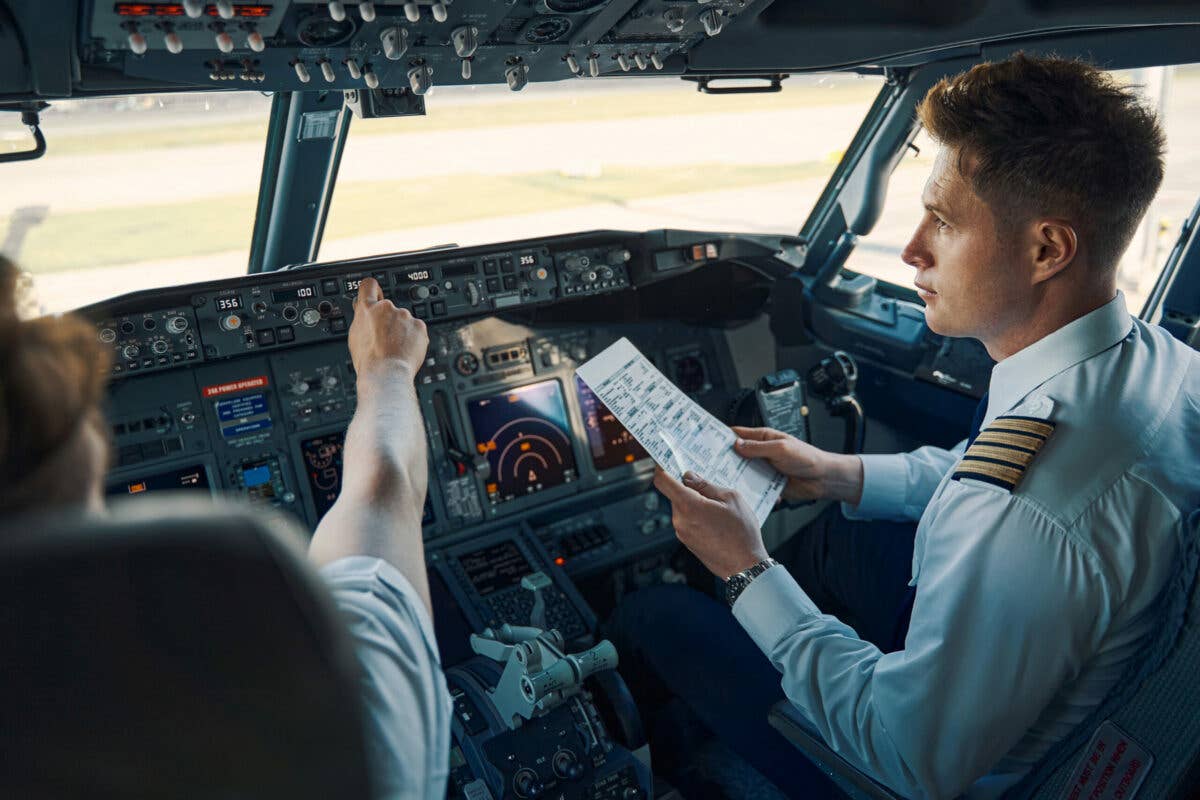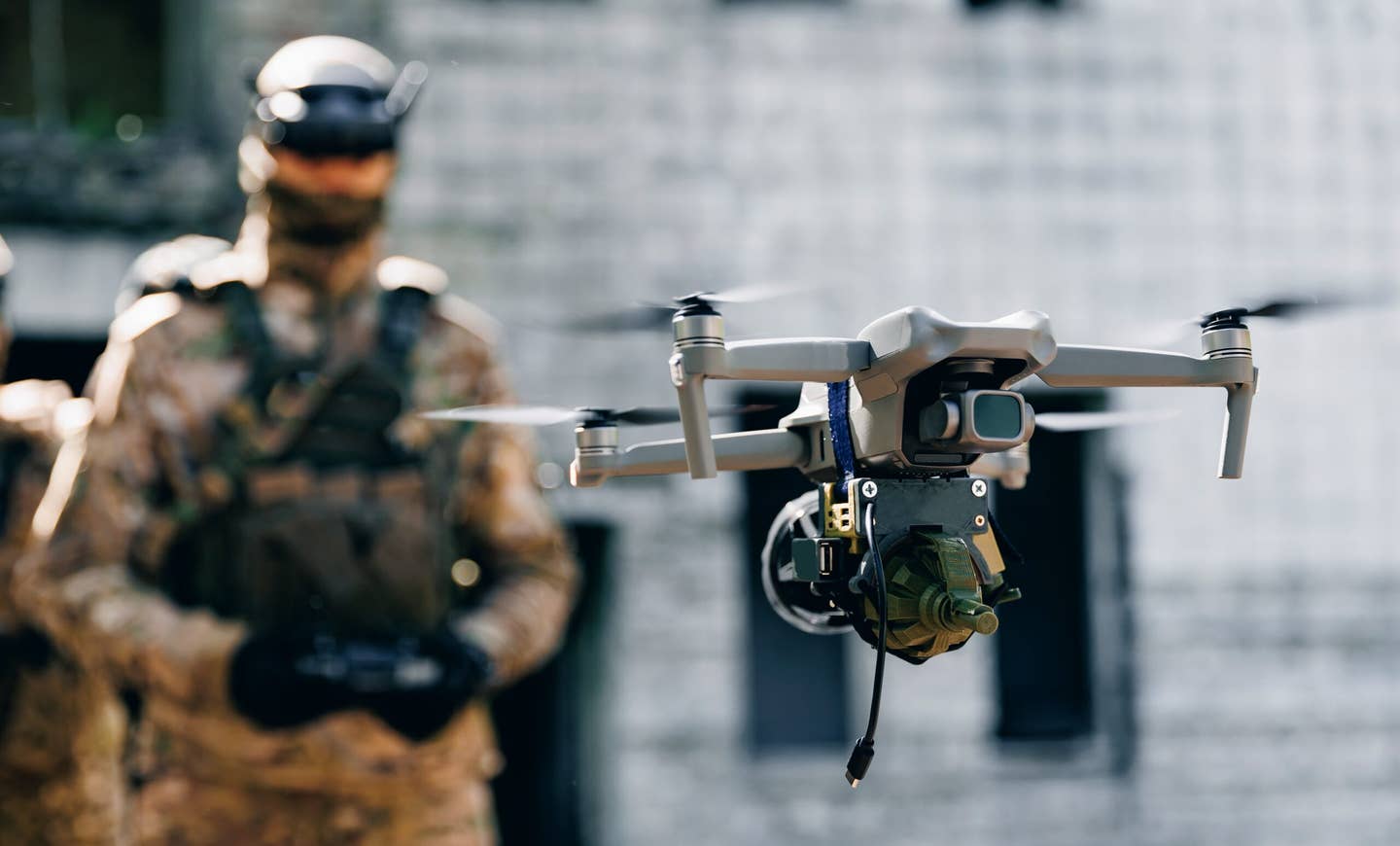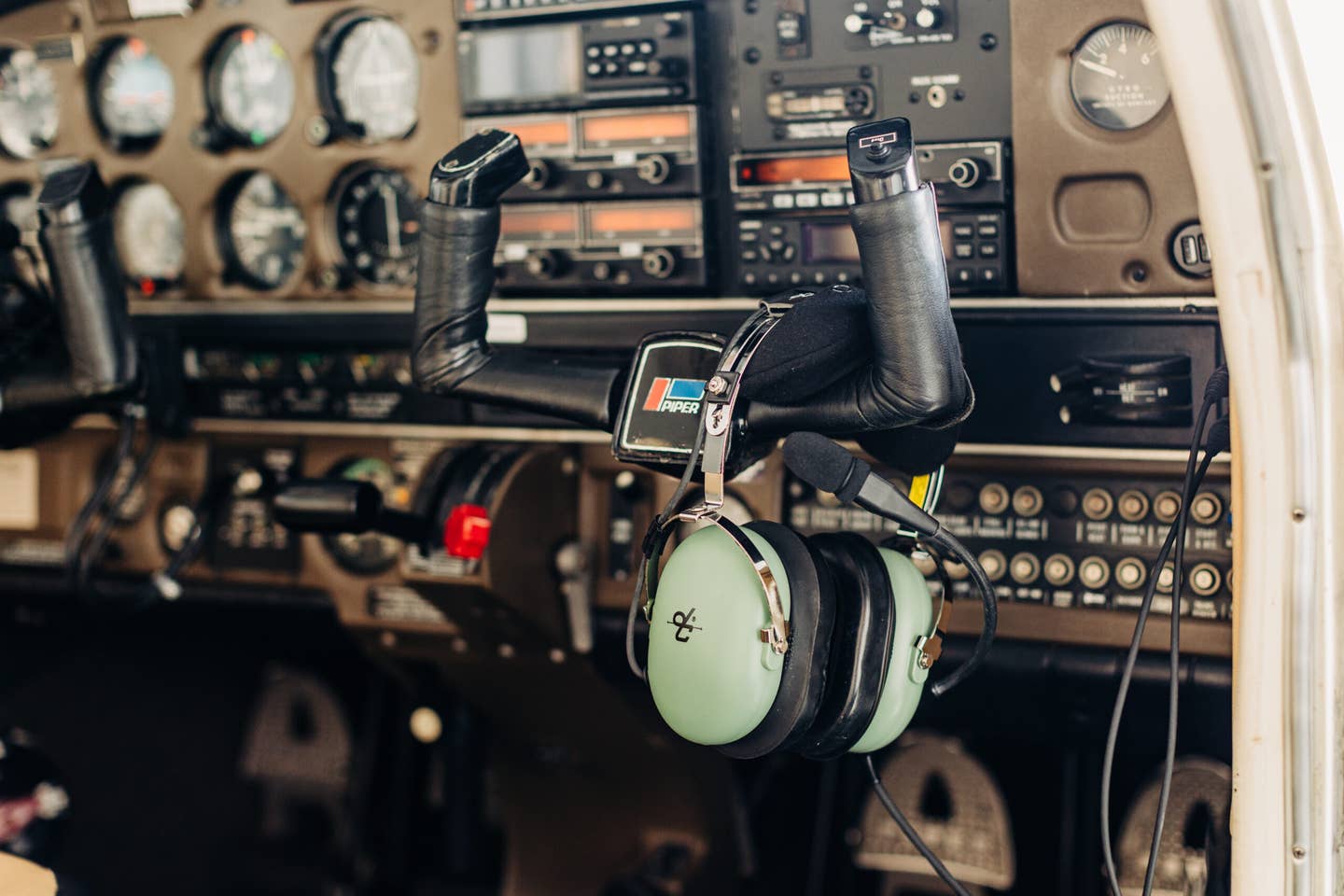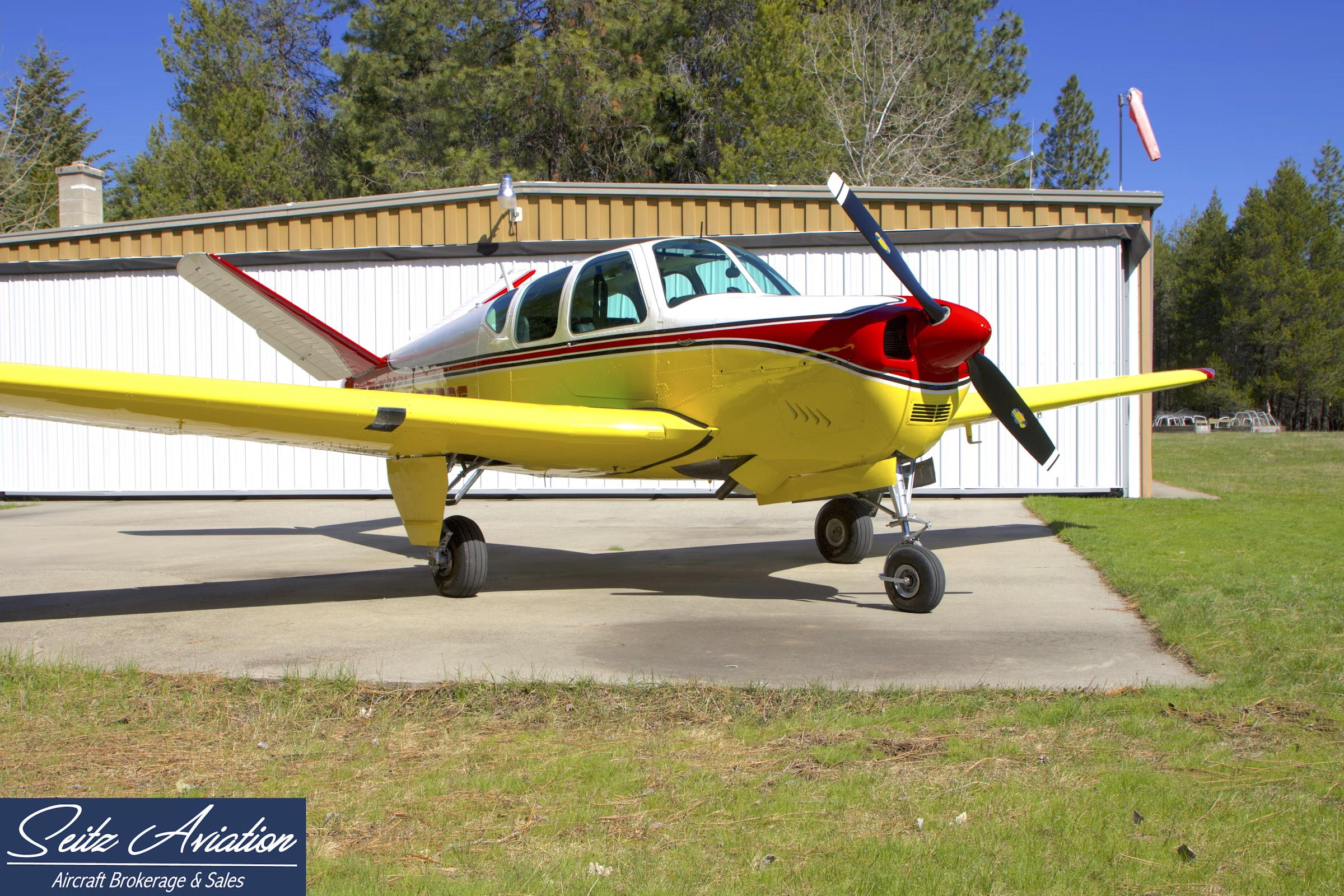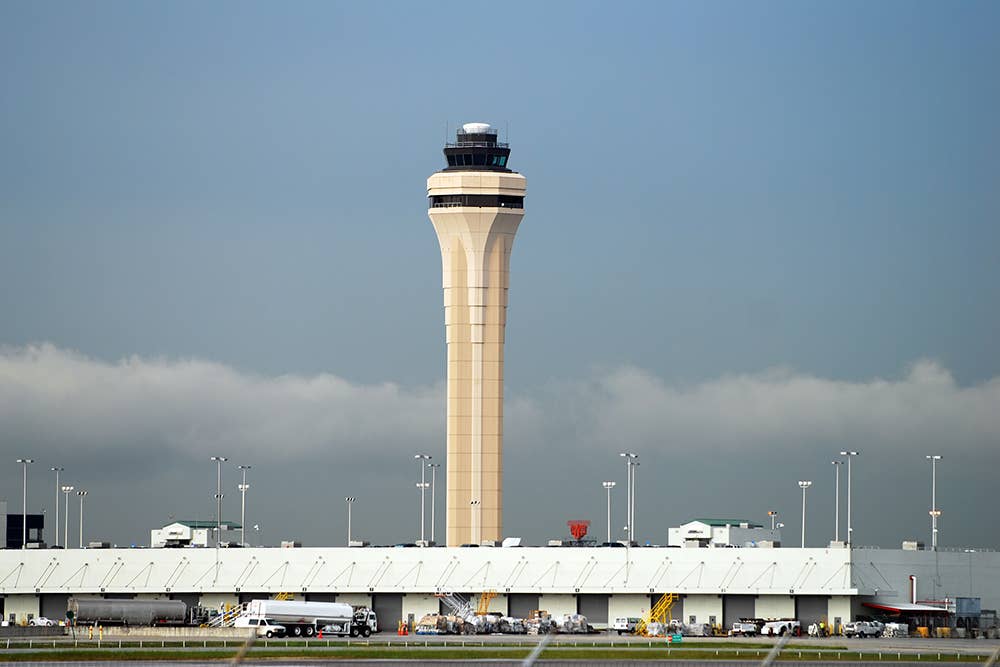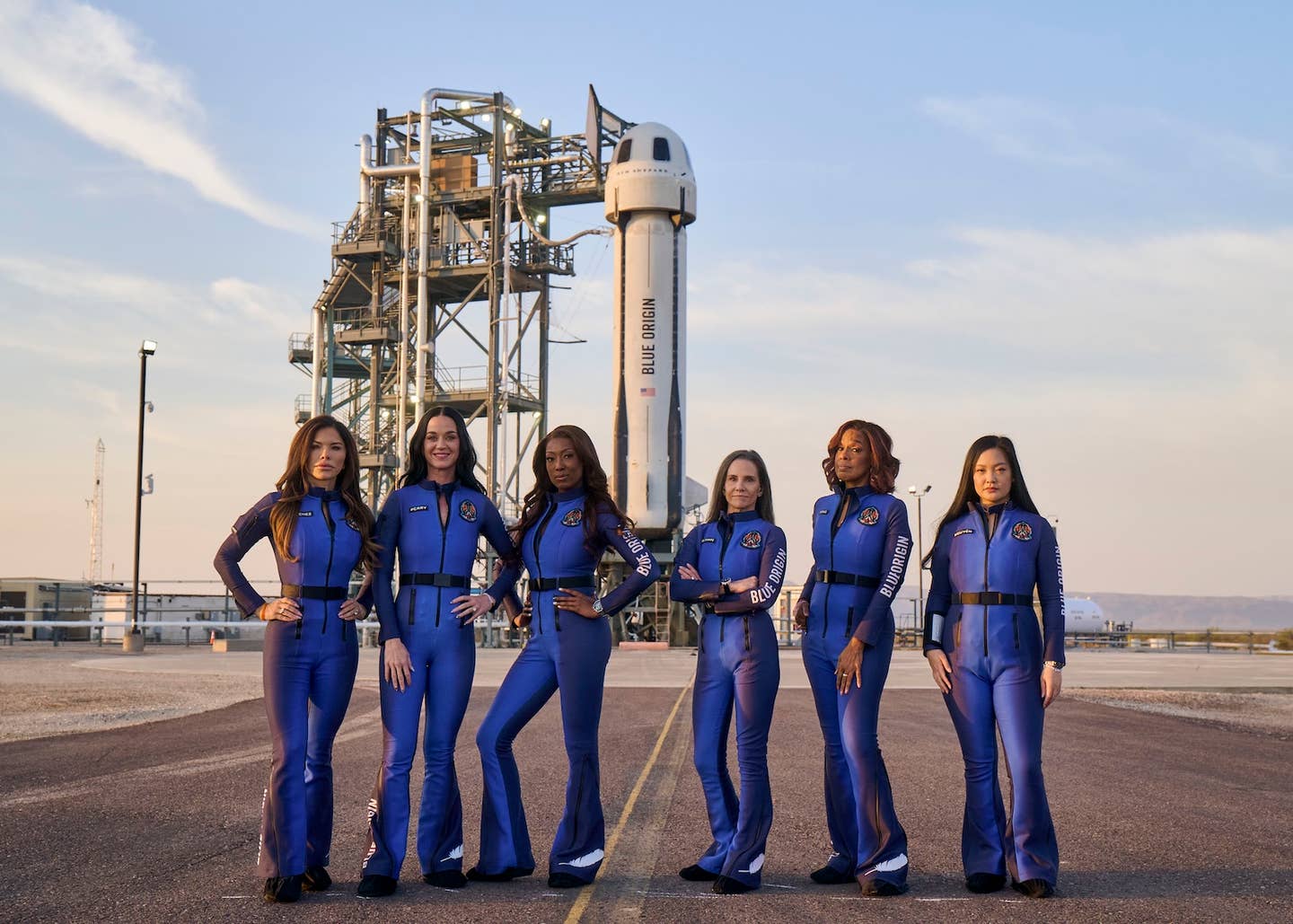NASA: Starliner Astronauts May Not Return Until February
Butch Wilmore and Suni Williams have been on the International Space Station for more than two months despite an intended eight-day stay.
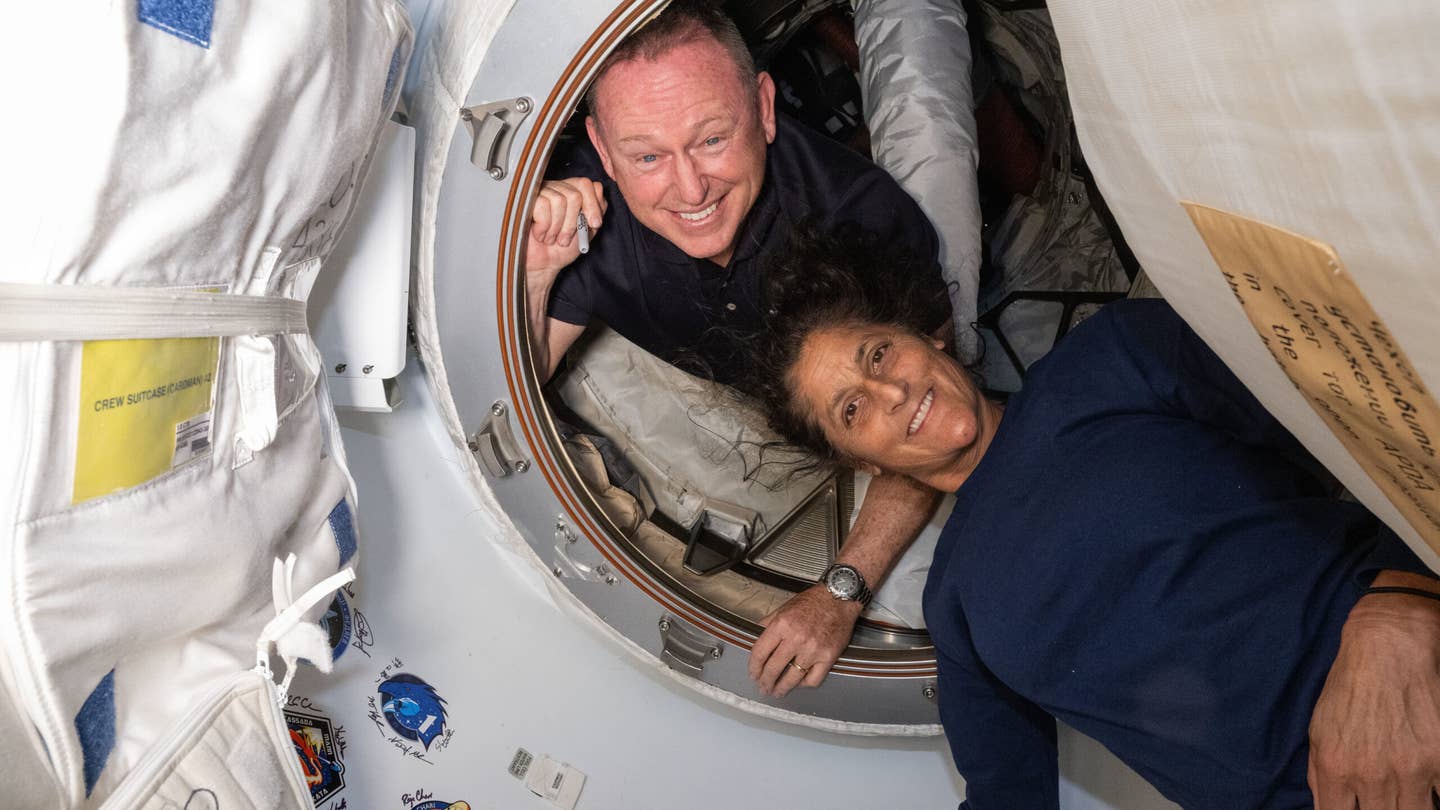
NASA astronauts Butch Wilmore and Suni Williams have spent two months aboard the International Space Station and may not return until February. [Courtesy: NASA]
NASA astronauts Butch Wilmore and Suni Williams have now spent more than two months on the International Space Station (ISS) as part of Boeing Starliner’s crew flight test (CFT), which the space agency intended to be an eight-day stay. NASA now says they may not return until February.
NASA officials on Wednesday held a media briefing, during which stakeholders revealed that confidence in Starliner’s ability to return the astronauts is waning. According to Ken Bowersox, associate administrator of the agency’s Space Operations Mission Directorate, teams are “getting more serious about evaluating our other options.”
The primary alternative, officials said, is to fly SpaceX’s upcoming Crew-9 mission with two astronauts rather than four, leaving room for Wilmore and Williams to hitch a ride when that mission concludes in February. They estimated that NASA will make a decision by mid-August.
“We could take either path,” Bowersox said.
Boeing and SpaceX representatives were not present on the call, the intention of which, NASA said, was to provide the agency’s perspective on the mission.
On its way up to the ISS, Starliner suffered two main issues that are giving crews pause over how to return the astronauts. A set of helium leaks that emerged on the spacecraft have since stabilized, according to NASA. However, the other issue, which involves five faulty reaction control system (RCS) thrusters on Starliner’s expendable service module, is still being evaluated.
Officials on Wednesday said ground testing of an identical thruster at White Sands Test Facility in New Mexico revealed that the problem is linked to a tiny Teflon seal on an oxidizer poppet, which controls the flow of propellant into the thruster. Teams theorize that the extreme heat the thrusters experienced during Starliner’s rendezvous with the ISS caused the Teflon to expand, inhibiting flow and causing them to fire at weaker-than-expected levels.
According to Steve Stich, who manages NASA’s Commercial Crew program, a July 27 Starliner hot fire test showed that the affected thrusters—with the exception of one, which has been deactivated—are now firing as expected. This has led engineers to hypothesize that the teflon seals contracted and are no longer blocking propellant from reaching the thrusters. Now, the task is to understand how and why.
Teams are working to better understand how those seals might behave during Starliner’s return trip, but there is not yet consensus on whether they are good to go. According to Bowersox and Stich, there is internal disagreement about returning the astronauts on Starliner versus Dragon, which was amplified with the discovery of the faulty teflon seal.
“We heard enough voices [on the program control board] that the decision is not clear,” said Bowersox.
The officials explained that Boeing, which on Friday asserted it has high confidence in Starliner, is viewing risk based on previous missions and flight performance, while NASA wants to understand the root cause of the issue before it has confidence in returning with crew. Ultimately, NASA administrator Bill Nelson will have the final say.
“Reasonable people could have different views on which path we should take,” said Bowersox, who acknowledged that the chance of an uncrewed return has risen in recent weeks. “I don’t think anyone has taken a view that you could prove is wrong or right.”
NASA will have until mid-August to decide whether the Dragon contingency plan should be put into action.
The ISS has two docking modules that are occupied by Starliner and SpaceX’s Crew-8 capsule, meaning Starliner would need to autonomously undock before Crew-9 launches on September 24. Crew-8 would then depart the space station with the crew of NASA’s Expedition 71, and the Crew-9 Dragon would take its place, leaving one docking port open for the next SpaceX cargo mission. Wilmore and Williams would stay for the duration of Crew-9, flying home with the two-person Expedition 72 crew in February.
The problem, though, is that Starliner’s flight software is not currently capable of an autonomous undocking despite having achieved the feat during an uncrewed mission in 2022.
For the CFT, the software was configured for a crewed undocking, as per the mission profile. Now, Boeing and NASA must modify the mission data load to reconfigure the system for an uncrewed undocking, which sources say could take up to one month. NASA said the spacecraft has built-in fault tolerance that would prevent it from colliding with the ISS should its thrusters not perform as expected during that maneuver.
The agency said it has been in daily communication with Wilmore and Williams and that the astronauts are prepared for whatever path it ultimately takes. If they stay along with Crew-9, they will assist personnel with scientific research, including spacewalks. Additional materials, such as spacesuits, would be sent up with the Dragon.
“Butch and Suni are ready to support whatever we need to do,” said Dana Weigel, manager of NASA’s ISS program.
Officials insist that despite the internal conflict around Starliner, the vehicle could still be used to return the astronauts in the case of a contingency on the ISS. In those scenarios, Bowersox said, NASA is willing to tolerate a higher level of risk—one that is jeopardizing teams’ ability to complete the CFT as intended.
The worst-case scenario, according to NASA, would be if the helium leak and thruster issues converge during Starliner’s deorbit burn, the maneuver that will place it back in Earth’s atmosphere. An unlikely combination of technical failures could impact the ability of the RCS thrusters to maintain the capsule’s orbital trajectory, though agency research predicts that it could complete the maneuver even with multiple failures.
Like this story? We think you'll also like the Future of FLYING newsletter sent every Thursday afternoon. Sign up now.

Sign-up for newsletters & special offers!
Get the latest FLYING stories & special offers delivered directly to your inbox

